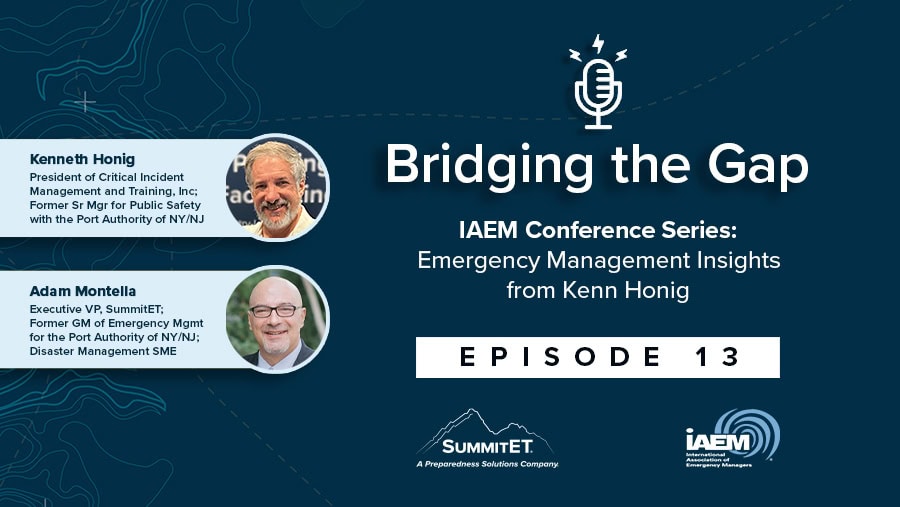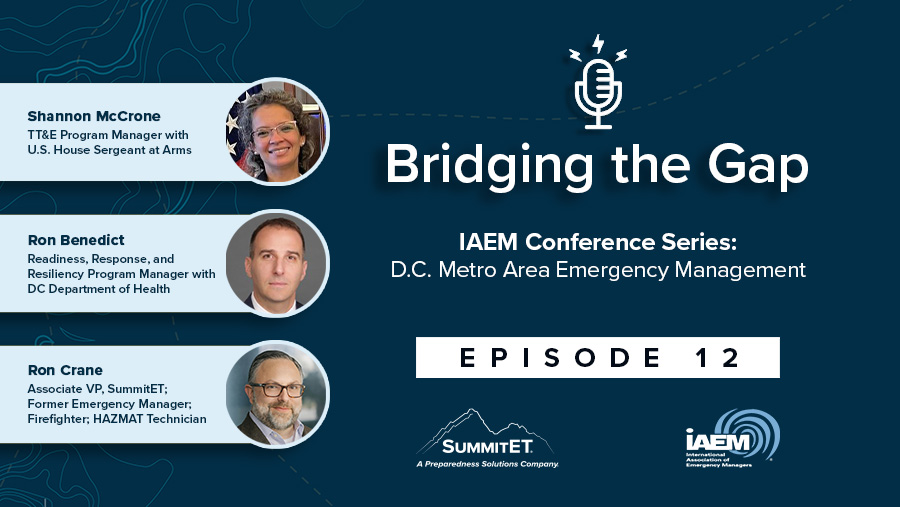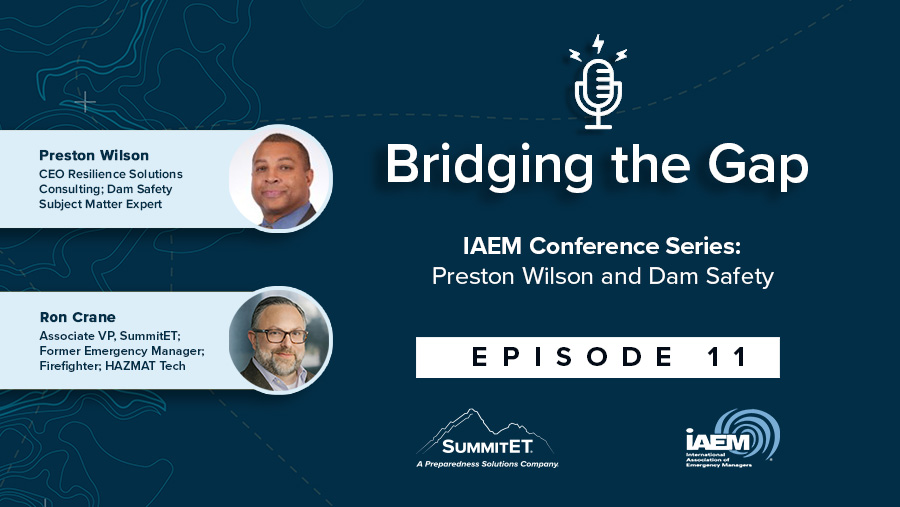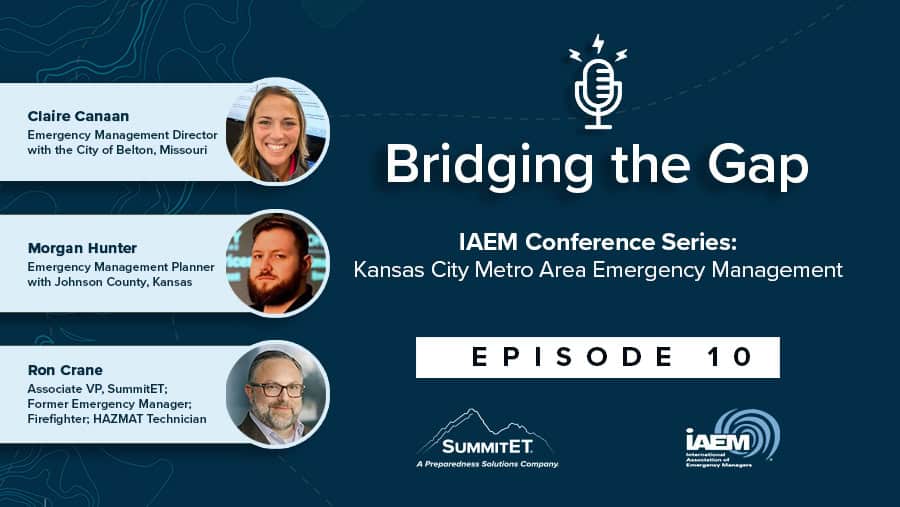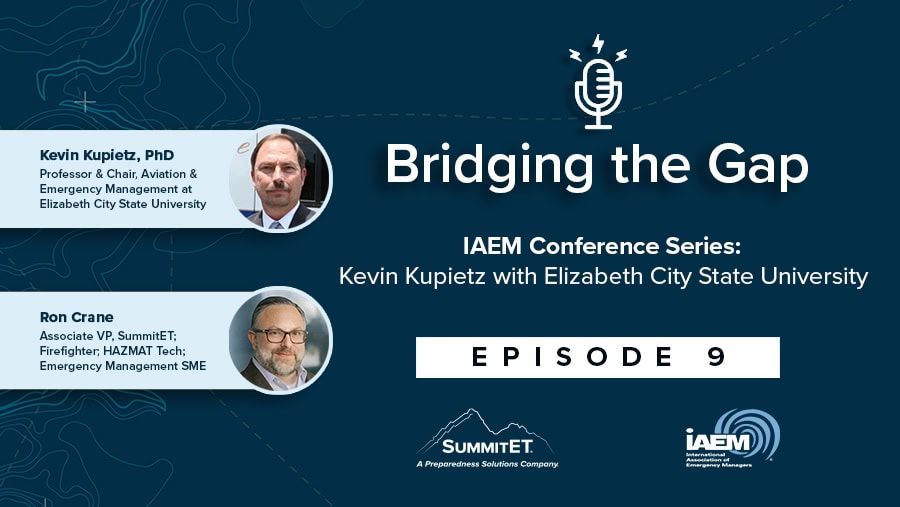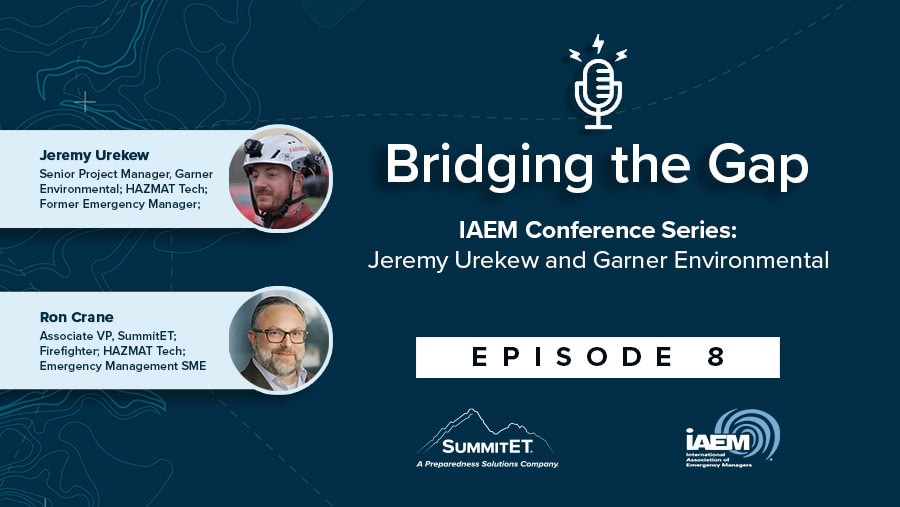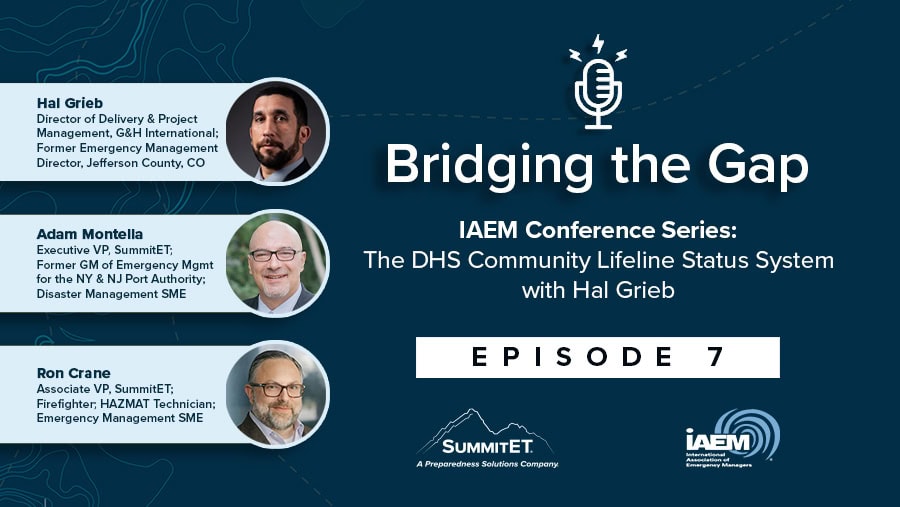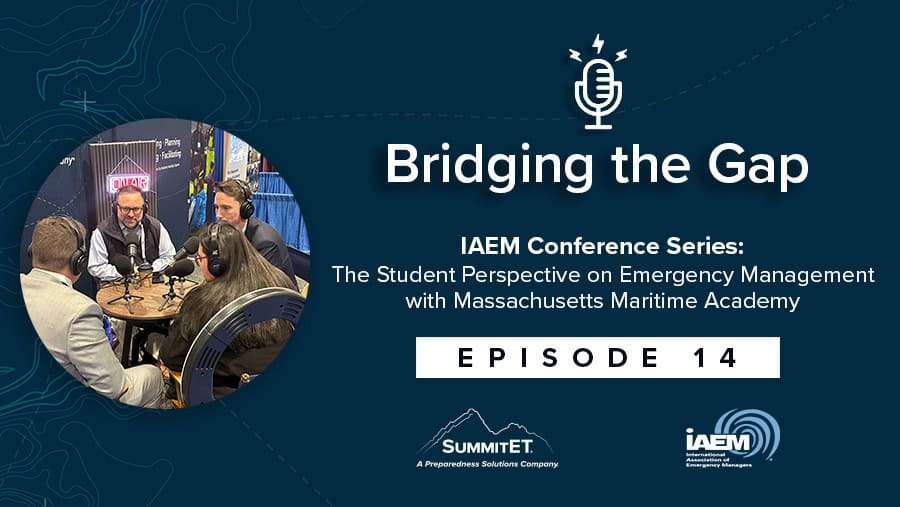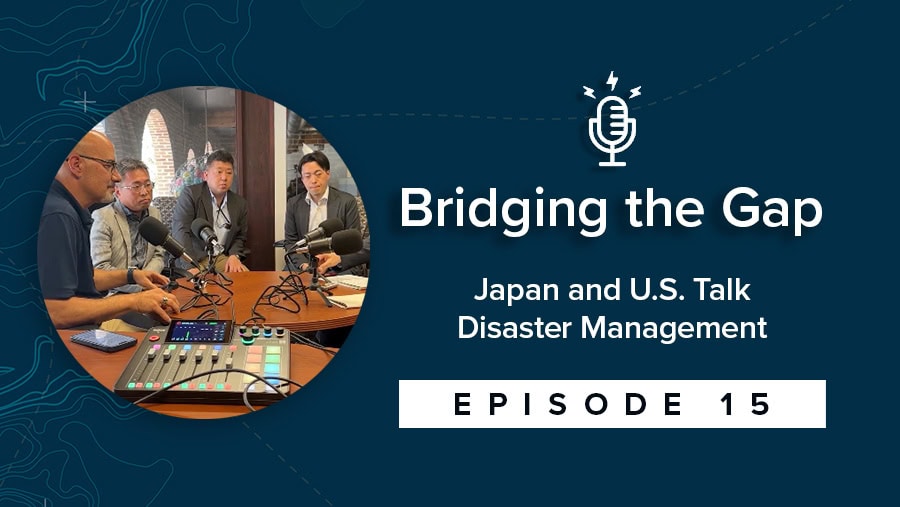
Bridging the Gap Episode 15: Japan and U.S. Experts Talk Disaster Management
SummitET had the honor of hosting a distinguished delegation of disaster management experts from Japan. This visit, ahead of the National Hurricane Conference, provided a unique opportunity to exchange ideas and share experiences in disaster management and preparedness.
Shared Challenges and Lessons Learned
Conversation quickly revealed the many parallels between hurricane preparedness in Florida and Japan, particularly in coastal communities with large elderly populations and challenging evacuations. There is specific interest in understanding planning and response patterns during the recent hurricanes in Florida and the lessons that could be applied to Japan. This team emphasized the importance of storm surge awareness, noting that Japan has not experienced a significant storm surge disaster in over 70 years.
Looking Ahead
The delegation expressed interest in the concept of qualified crisis management officers stationed in welfare facilities and hospitals, a practice they hope to see implemented in Japan. They are committed to bridging the gap between their current practices and the structured approaches observed in the United States.
Conclusion
The visit from the Japanese experts was a valuable opportunity to share knowledge and strengthen international collaboration in disaster preparedness. As we continue to face global challenges, it is through these exchanges that we can learn, adapt, and improve our strategies to protect communities.
Meet the Experts Featured in This Podcast

Ichiro Matsuo
Visiting Professor with the Center for Integrated Disaster Information Research (CIDIR) at University of Tokyo

Tomoo Inoue
Professor with the Disaster Prevention Research Institute (DPRI) at Kyoto University

Himeno Kazuki
Senior Researcher with the Coastal Research Institute at the Ministry of Land, Infrastructure, Transport, and Tourism (MLIT), Japan

Jiro Kakehashi
Deputy Director for the River Planning with Water and Disaster Management at the Ministry of Land, Infrastructure, Transport, and Tourism (MLIT), Japan

Joel Challender
Interpreter/ Researcher with the Crisis and Environment Management Policy Institute (CeMI)

Adam Montella
Executive VP, SummitET; Former GM of Emergency Mgmt for the Port Authority of NY/NJ; Disaster Management SME
Visit our Terms & Conditions

